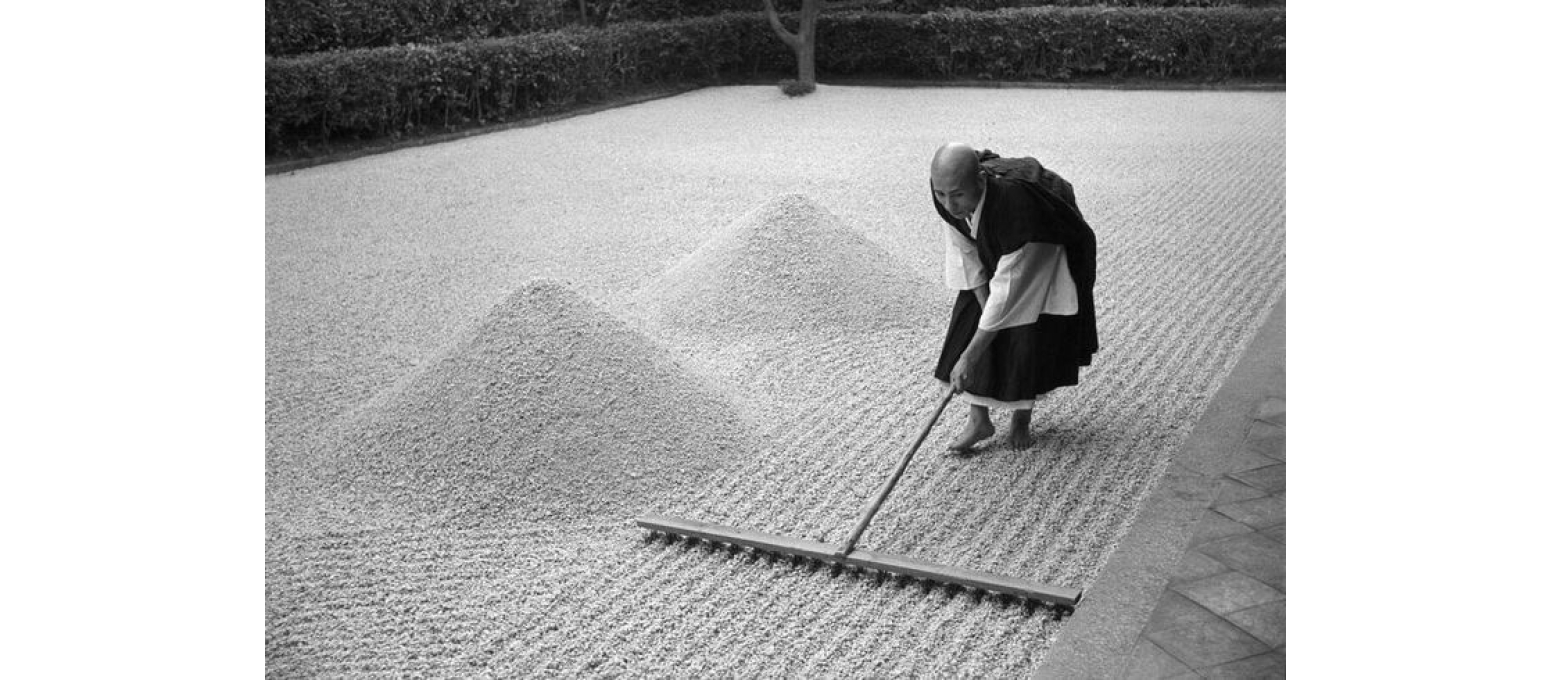Hello everyone, how are you doing? In this blog, we'll continue in Japan, and we'll talk about a very interesting subject: Wabi-Sabi. Wabi-sabi is a Japanese idea that finds beauty in the simple, the old, and the imperfect. Many cultures seek the shiny and the new, but Wabi-sabi values the timeworn, the natural, and the modest.
Wabi-sabi has its origins in Zen Buddhism, which arrived in Japan in the 12th and 13th centuries. Zen promoted simplicity, meditation, and acceptance of impermanence. This philosophy influenced Japanese aesthetics, especially the tea ceremony, which valued rusticity and simplicity. The word is formed from two concepts: Wabi, which speaks of simplicity and calm; and Sabi, which refers to the marks of the passage of time. Together, they describe an aesthetic that appreciates cracks, irregular shapes, and objects that tell stories.
In Japanese art, Wabi-sabi can be seen in ceramics with asymmetrical shapes, in ink paintings where the empty space is as important as the figure, or in floral arrangements that seem to capture a natural moment without forcing it. It also appears in garden design and tea ceremonies.
A beautiful example is kintsugi, the technique of repairing broken pottery with gold dust. Instead of hiding cracks, it makes them part of the object's beauty. It's a way of saying that what's damaged doesn't lose value, but rather gains a story.
That's all for today. I hope you enjoyed the blog, and that from now on, when you break a mug, instead of throwing it away, you'll try applying Wabi-Sabi, maybe sticking it back together using kintsugi.





